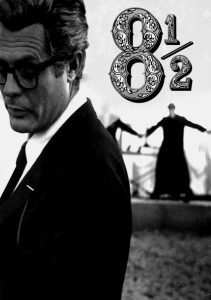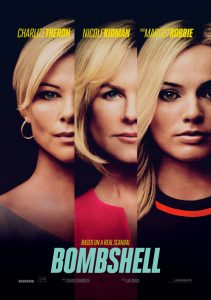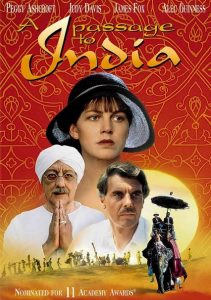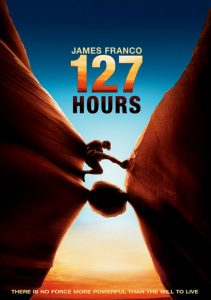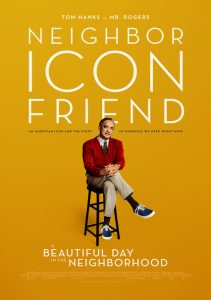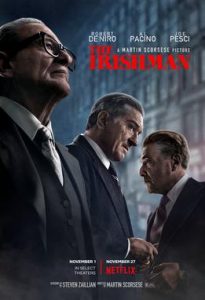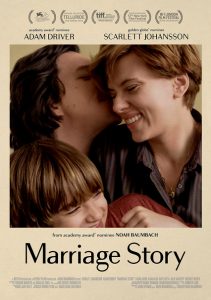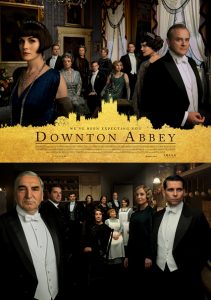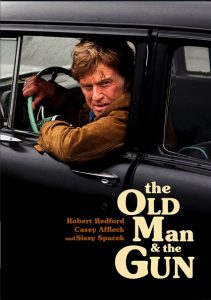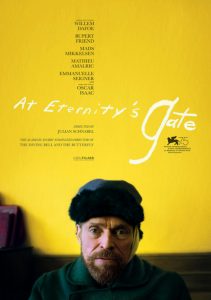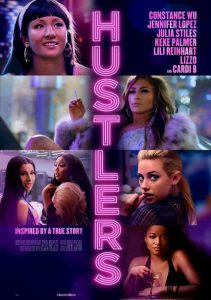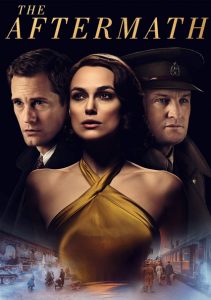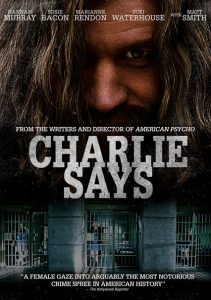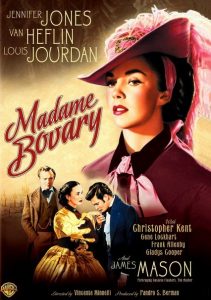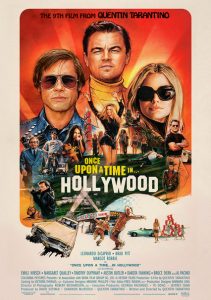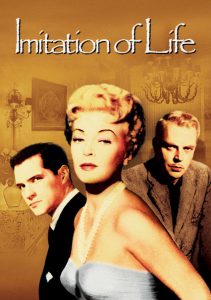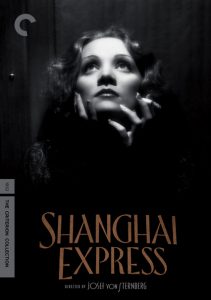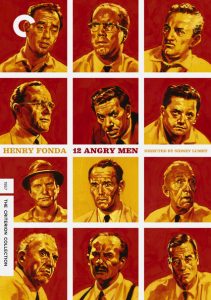Cabaret-1972
Director Bob Fosse
Starring Liza Minnelli, Michael York
Scott’s Review #975
Reviewed December 31, 2019
Grade: A
If not for the mighty and powerful The Godfather (1972) blocking its path (but who’s complaining?), Cabaret (1972), with eight academy award nominations, surely would have won Best Picture in its year of release.
The film thus has the dubious honor of receiving the most nominations of all time without whisking away the ultimate trophy, but no matter, the Oscars are not everything.
The production, acting, and story are inventive and envelope-pushing, both serious and fun, and proof that 1972 was one of the greatest years in cinema.
The story envelopes a circle of friends enjoying the decadence and jovial nature of the decade, although they have their struggles. Energetic Kit Kat Klub performer, Sally Bowles (Minnelli) takes a shine to British scribe, Brian (Michael York) when he moves into her boarding house.
Despite having night and day personalities, they become deeply bonded and best friends. Rich playboy baron, Maximilian (Helmut Griem) woos the pair with money and travel and beds each of them separately, eventually dumping them both.
In a supporting yet important subplot, Fritz Wendel (Fritz Wepper) is a German Jew passing himself off as a Protestant. He falls madly in love with Natalia (Marisa Berenson), a gorgeous and authentic German Jewish heiress.
Their love story is comic relief, but a dangerous aspect of the film given the foreboding political events. The safety of the cabaret serves as a haven while the outlandish Master of Ceremonies (Joel Grey) appears throughout the film performing risque numbers.
Adapted from the popular Broadway stage show, the musical drama is set in 1930s Berlin, and the story begins in 1931. Historians will realize that the decade of 1930s Germany was frightening, giving rise to the deadly and hated Nazi Party.
While the film never goes full-fledged dark, there are snippets of beatings and ridicule at the hands of the Nazis, powerful stuff and tough to take, especially given the Jewish religion of some of the principals.
Liza Minnelli has never had a better role as she simply becomes Sally. The character is vivacious, zesty, and emotional and Minnelli dives in head first and wins viewers’ hearts. Beneath her bubbly exterior Sally is wounded, yearning for love and peace of mind.
She pretends that she is close to her wealthy father, but this is far from the truth. The most powerful scene is when a pregnant Sally comes to terms with the heart-wrenching decision to abort the baby.
For both the time-period setting, the 1930s, and the year the film was made, 1972, the sexuality dynamic is powerful and worth a nod. Brian, openly bi-sexual, and at a different time certainly gay is a great character.
He beds Sally more out of friendship than anything else while delving into admiration (or lusting) for the suave and dashing Maximilian. The fact that his sexuality is embraced and explored is to be celebrated and respected. It’s also a damned interesting part of the film.
Of course, Cabaret being a musical, the performance numbers are superlative. With gorgeous choreography by the director, Bob Fosse, (and who would expect anything less from the seasoned artist), the sets and costumes are stylish.
The conclusion, featuring “Cabaret”, is done grandly as Sally performs on stage with precision and bombast. “Willkommen” and “Maybe This Time” are also dynamic favorites.
Cabaret (1972) is a spirited, intelligent experience, never glossing over the historical period, nor assuming viewers are too dumb to have a handle on those events.
The film plays best to smart audiences able to appreciate artistic merit and enjoy the robust musical numbers.
Carefully, the film is designed to never shy away from the crucial Nazi power that was creeping up and leading to a generation of despair and repercussions.
Oscar Nominations: 8 wins-Best Picture, Best Director-Bob Fosse (won), Best Actress-Liza Minnelli (won), Best Supporting Actor-Joel Grey (won), Best Screenplay Based on Material from Another Medium, Best Scoring: Adaptation and Original Song Score (won), Best Sound (won), Best Art Direction (won), Best Cinematography (won), Best Film Editing (won)

